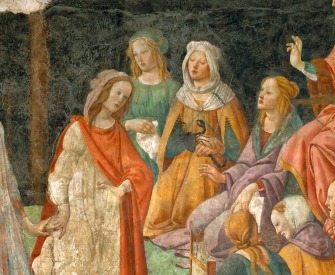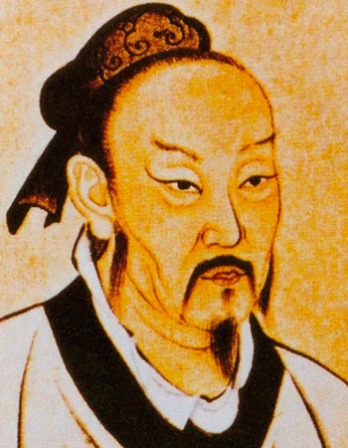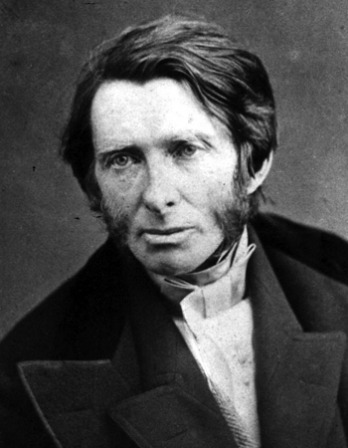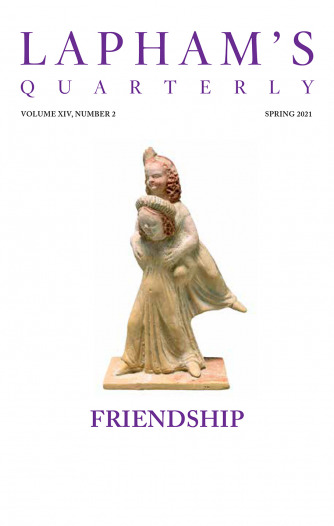It is often commented on by audiences that “many times a performance is effective when the actor does nothing.” Such an accomplishment results from the actor’s greatest, most secret skill. From the techniques involved in the two basic arts of dancing and chanting down to all the gestures and the various kinds of role playing, all such skills are based on the abilities found in the actor’s body. Thus to speak of an actor “doing nothing” actually signifies that interval which exists between two physical actions. When one examines why this interval “when nothing happens” may seem so fascinating, it is surely because of the fact that, at the bottom, the artist never relaxes his inner tension. At the moment when the dance has stopped, or the chant has ceased, or indeed at any of those intervals that can occur during the performance of a role, or indeed during any pause or interval, the actor must never abandon his concentration but must keep his consciousness of that inner tension. It is this sense of inner concentration that manifests itself to the audience and makes the moment enjoyable.
However, it is wrong to allow an audience to observe the actor’s inner state of control directly. If the spectators manage to witness this, such concentration will merely become another ordinary skill or action, and the feeling in the audience that “nothing is happening” will disappear.
The actor must rise to a selfless level of art, imbued with a concentration that transcends his own consciousness, so that he can bind together the moments before and after that instant when “nothing happens.” Such a process constitutes that inner force that can be termed “connecting all the arts through one intensity of mind.”
“Indeed, when we come to face death, our life might be likened to a puppet on a cart decorated for a great festival. As soon as one string is cut, the creature crumbles and fades.” Such is the image given of the existence of man, caught in the perpetual flow of life and death. This constructed puppet on a cart shows various aspects of himself but cannot come to life by itself. It represents a deed performed by moving strings. At the moment when the strings are cut, the figure falls and crumbles. Sarugaku too is an art that makes use of just such artifice. What supports these illusions and gives them life is the intensity of mind of the actor. Yet the existence of this intensity must not be shown directly to the audience. Should they see it, it would be as though they could see the strings of a puppet. Let me repeat again: the actor must make his spirit the strings, and without letting his audience become aware of them, he will draw together the forces of his art. In that way, true life will reside in his Noh.
In general, such attitudes need not be limited to the moments involved in actual performance. Morning and night alike, and in all the activities of daily life, an actor must never abandon his concentration, and he must retain his resolve. Thus, if without ever slackening, he manages to increase his skills, his art of the Noh will grow ever greater. This particular point represents one of the most secret of all the teachings concerning our art. However, in actual rehearsal, there must be within this concentration some variations of tension and relaxation.
Translated by Thomas Rimer and Masakazu Yamazaki. © 1984 by Princeton University Press. Used with permission of Princeton University Press.
From “Mirror Held to the Flower.” Regarded as the chief playwright of Noh drama, Zeami composed around ninety of the 230-odd plays in its modern-day repertoire. He advised his actors to master three basic roles: the warrior, the woman, and the old person.
Back to Issue




